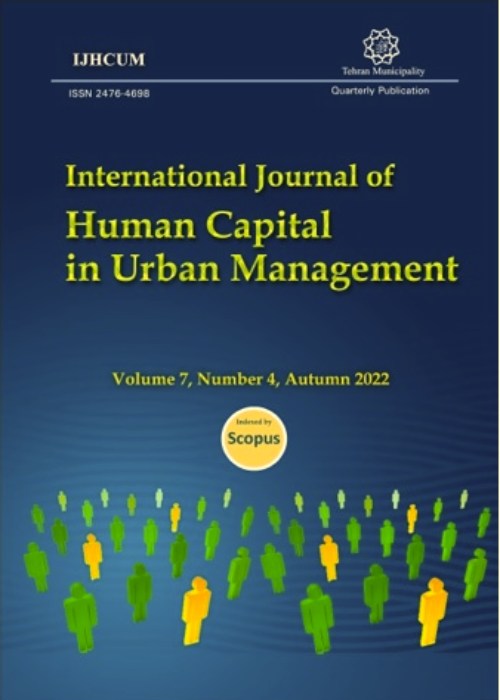Potential of Landsat-8 spectral indices to estimate forest biomass
Author(s):
Article Type:
Research/Original Article (بدون رتبه معتبر)
Abstract:
Forest ecosystems are among the largest terrestrial carbon reservoirs on our planet earth thus playing a vital role in global carbon cycle. Presently, remote sensing techniques provide proper estimates of forest biomass and quantify carbon stocks. The present study has explored Landsat-8 sensor product and evaluated its application in biomass mapping and estimation. The specific objectives were estimation of above ground biomass and carbon stocks using field data, assessing relationships of Landsat-8 spectral indices and field data and modeling of biomass and carbon stocks based on best linear regression model. Results showed that the highest aboveground biomass and below ground biomass was recorded as 246 t/ha and 64 t/ha whereas the lowest aboveground biomass and below ground biomass was 55 t/ha and 14 t/ha, respectively. Similarly, the highest above ground carbon and below ground carbon (t/ha) were 116 t/ha and 30 t/ha respectively while the lowest above ground carbon and below ground carbon (t/ha) were estimated as 26 t/ha and 6.7 t/ha respectively. Indices computed from Landsat-8 included normalized difference vegetation index, difference vegetation index, soil adjusted vegetation index, perpendicular vegetation index and atmospherically resistant vegetation index. Regarding relationship between aboveground biomass and vegetation indices, the coefficient of correlation (R2) were 0.67, 0.68, 0.65, 0.58 and 0.23 for normalized difference vegetation index, soil adjusted vegetation index, Perpendicular vegetation index, difference vegetation index and atmospherically resistant vegetation index respectively. The stepwise correlation between aboveground biomass (dependent variable) and five indices (Normalized difference vegetation index; soil adjusted vegetation index; Perpendicular vegetation index; difference vegetation index; atmospherically resistant vegetation index). Among five vegetation indices, only soil adjusted vegetation index was selected in stepwise method, satisfying the criteria and the overall model R2 was 0.63 and its adjusted R2 was 0.60. Simple linear regression model between aboveground biomass and single predictor index was better than stepwise regression model with (R2= 0.68) and (Root mean square error = 33.75 t/ha). Thus, soil adjusted vegetation index was considered best for biomass mapping. The study concluded that Landsat-8 product has considerable potential for biomass and carbon stocks estimation and can be expanded to national and regional forest inventories, modeling and future reducing emission from deforestation and forest degradation+ implementation.
Keywords:
Language:
English
Published:
International Journal of Human Capital in Urban Management, Volume:3 Issue: 4, Autumn 2018
Pages:
303 to 314
magiran.com/p1941816
دانلود و مطالعه متن این مقاله با یکی از روشهای زیر امکان پذیر است:
اشتراک شخصی
با عضویت و پرداخت آنلاین حق اشتراک یکساله به مبلغ 1,390,000ريال میتوانید 70 عنوان مطلب دانلود کنید!
اشتراک سازمانی
به کتابخانه دانشگاه یا محل کار خود پیشنهاد کنید تا اشتراک سازمانی این پایگاه را برای دسترسی نامحدود همه کاربران به متن مطالب تهیه نمایند!
توجه!
- حق عضویت دریافتی صرف حمایت از نشریات عضو و نگهداری، تکمیل و توسعه مگیران میشود.
- پرداخت حق اشتراک و دانلود مقالات اجازه بازنشر آن در سایر رسانههای چاپی و دیجیتال را به کاربر نمیدهد.
In order to view content subscription is required
Personal subscription
Subscribe magiran.com for 70 € euros via PayPal and download 70 articles during a year.
Organization subscription
Please contact us to subscribe your university or library for unlimited access!


